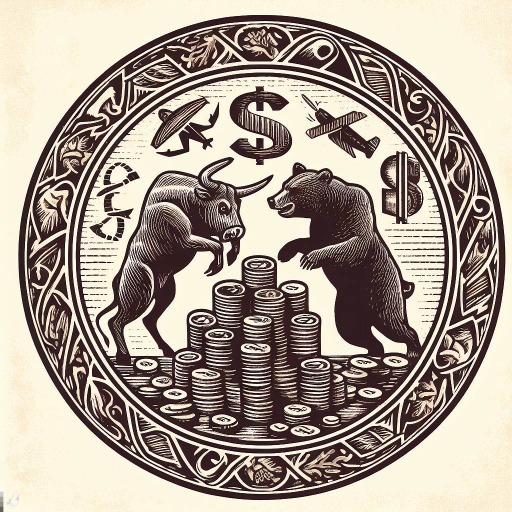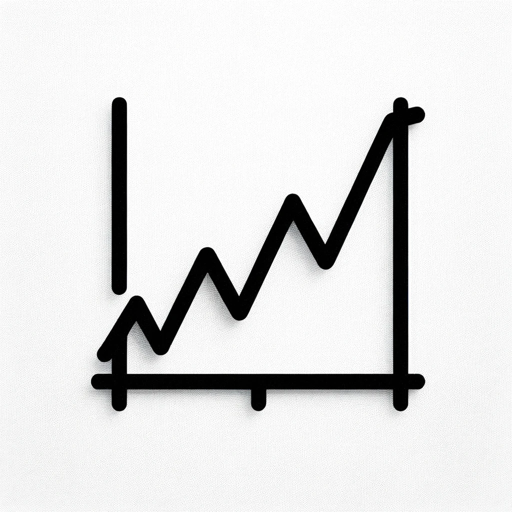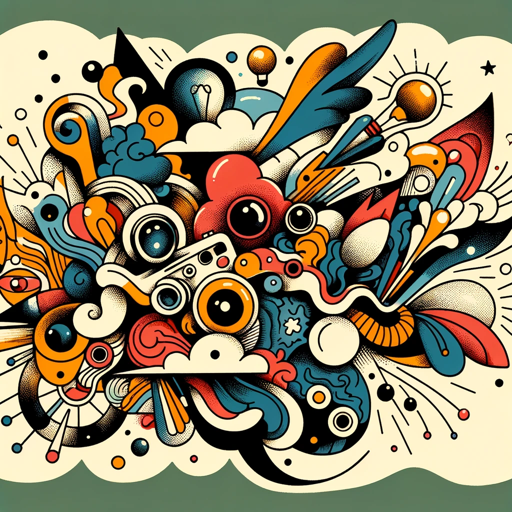Microeconomics-Microeconomics learning and assistance
AI-powered Microeconomics Assistant
How do I derive the Marshallian demand function given a specific expenditure function?
Can you explain the concept of compensating variation and equivalent variation with examples?
What are the properties of a production function with constant returns to scale?
How does uncertainty affect decision-making in economic models?
Related Tools
Load More
Economics Econ
🔷#𝟏 𝐒𝐩𝐞𝐜𝐢𝐚𝐥𝐢𝐳𝐞𝐝 𝐄𝐜𝐨𝐧𝐨𝐦𝐢𝐜𝐬 𝐓𝐮𝐭𝐨𝐫🔷

Macro Economics Expert
AI Robot Macro Economics Expert

Macroeconomics
Expert in macroeconomics, adept at mathematical exercises and Dynare.

economy
- a specialized version focused on economic theories, principles and analysis. Designed to help users understand complex economic concepts, engage in economic policy discussions, and provide insight into a variety of economic issues.

Economics Expert GPT
Economic theory applied to: discussion, current events, historical trends, anything imaginable.

EconomicsGPT
Your world-class Economics tutor, powered by students and instructional material from the University of Chicago's highly-ranked Economics program.
20.0 / 5 (200 votes)
Introduction to Microeconomics
Microeconomics is a branch of economics that focuses on the behavior of individuals and firms in making decisions regarding the allocation of scarce resources. It primarily examines how these decisions and behaviors affect the supply and demand for goods and services, which in turn determines prices and the distribution of resources. The design purpose of microeconomics is to understand and predict human behavior in economic contexts, develop models to explain economic phenomena, and provide a framework for evaluating and improving economic policies. For example, microeconomics studies how consumers decide what to buy based on their preferences and budget constraints, how firms determine the quantity of goods to produce and at what price to sell them, and how different market structures like monopoly and perfect competition influence economic outcomes.

Main Functions of Microeconomics
Demand and Supply Analysis
Example
Analyzing how changes in the price of a good affect the quantity demanded and supplied.
Scenario
A government is considering a tax on sugary drinks to reduce consumption. Microeconomics helps predict how the tax will affect prices, consumer behavior, and overall market equilibrium.
Market Structure Analysis
Example
Examining the characteristics and outcomes of different market structures such as perfect competition, monopoly, and oligopoly.
Scenario
A firm operating in an oligopolistic market wants to understand the potential impact of a competitor's new product launch on its market share and pricing strategy.
Consumer Behavior
Example
Studying how consumers make decisions to allocate their limited resources among various goods and services.
Scenario
A company is designing a new product and uses microeconomic principles to analyze consumer preferences and determine the optimal price point to maximize sales.
Ideal Users of Microeconomics Services
Economics Students
Students studying economics at various levels can benefit from microeconomics to understand foundational concepts such as market dynamics, consumer behavior, and production costs. It provides the analytical tools necessary to excel in their academic pursuits and prepares them for advanced studies or careers in economics.
Policy Makers and Analysts
Government officials and policy analysts use microeconomic analysis to design, implement, and evaluate public policies. For example, understanding the microeconomic impact of a new tax or subsidy helps in crafting policies that aim to improve economic welfare and achieve desired social outcomes.
Business Professionals
Executives, managers, and entrepreneurs apply microeconomic principles to make informed business decisions regarding pricing, production, and market strategies. For instance, by analyzing market demand and competition, businesses can optimize their operations and improve profitability.

How to Use Microeconomics
Visit aichatonline.org for a free trial without login, also no need for ChatGPT Plus.
Access the platform to start using the microeconomics tool without any prior commitments.
Set Up Your Learning Goals
Determine what you want to achieve with the tool, whether it's understanding specific microeconomic theories, solving problem sets, or preparing for exams.
Upload Relevant Documents
Upload your lecture notes, problem sets, or research papers to get tailored assistance and in-depth explanations on your specific content.
Engage with Interactive Elements
Use problem-solving prompts, quizzes, and other interactive features to reinforce your understanding and actively engage with the material.
Utilize Feedback Mechanisms
Take advantage of the refined feedback system to get specific guidance on areas where you need improvement, and adjust your learning approach accordingly.
Try other advanced and practical GPTs
Macroeconomics
AI-Powered Insights for Macroeconomics Mastery

Web Content Wizard
AI-driven content creation, personalized for you.

Analysis I und Lineare Algebra - TU Berlin
AI-Powered Tool for Mastering Math Concepts

Image Gen - generate imgs & interate faster
Unleash Creativity with AI Image Generation

Image story telling
Bring your stories to life with AI-driven imagery.

Terra Expert
AI-powered expert for IaC solutions

Video Timestamp Creator
AI-powered video timestamping made easy

Surreal Dada Oracle シュールダダオラクル
Unlock Unconventional Thought with AI.

Résumé
AI-powered content summarization and extraction.

Zeus codeZ ⚡️
Empowering coding with AI-driven iterations.
Proofread
Enhance Your Writing with AI

SMS Marketing Pro
AI-Powered SMS Marketing Made Simple.

- Problem Solving
- Exam Prep
- Interactive Learning
- Feedback
- Theory Explanation
Detailed Q&A about Microeconomics
What are the main features of Microeconomics?
Microeconomics offers detailed explanations of microeconomic theories, problem-solving tools, interactive quizzes, tailored feedback, and updated content reflecting current economic trends and policies.
How can Microeconomics help with academic writing?
Microeconomics provides clear and comprehensive explanations of complex economic concepts, which can be directly applied to academic writing, ensuring accurate and well-supported arguments in essays and research papers.
What types of documents can I upload to Microeconomics?
You can upload lecture notes, problem sets, research papers, and other academic materials related to microeconomics to receive customized assistance and insights.
How does the feedback mechanism work in Microeconomics?
The feedback mechanism leverages metadata from user interactions to provide specific guidance on areas needing improvement, helping you refine your understanding and learning approach effectively.
Can Microeconomics assist with exam preparation?
Yes, Microeconomics can help you prepare for exams by offering detailed explanations of key concepts, interactive problem-solving prompts, and quizzes to test your knowledge and readiness.